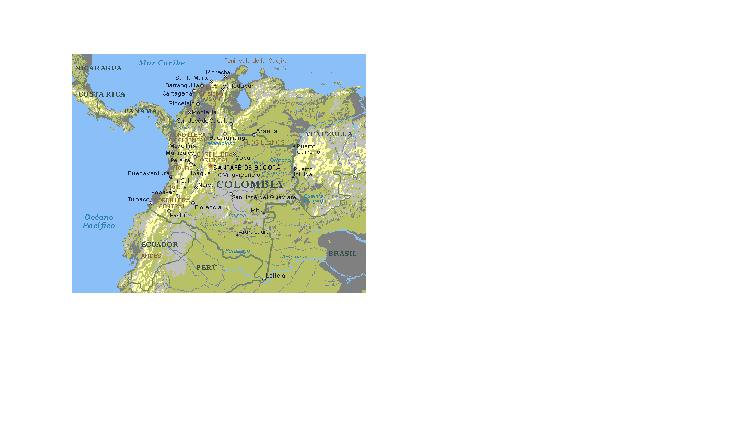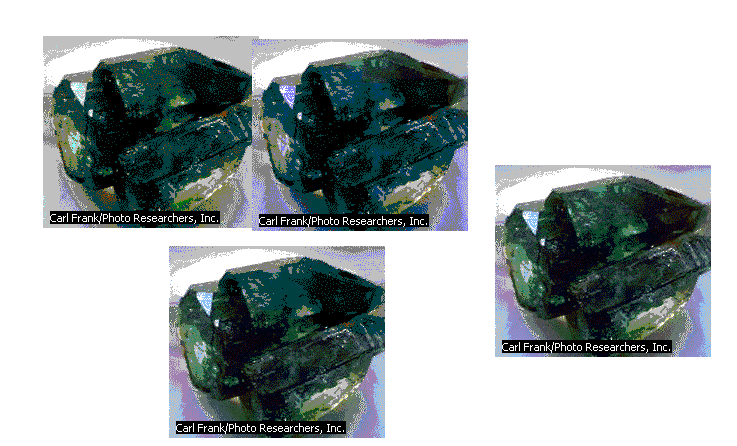
|

Home Page
Biography
Photo Page
Favorite Links
Custom Page
Custom2 Page
|
Text about Basketball
In this page you can find interesting information about my countrie and my topic:emeralds. you can also find links for more information.
|
 Photo: Colombian map
Photo: Colombian map
|
Facts about Colombia
Size: .748 km2
Population: Aprox. 40 million
Capital: Santafe de Bogota
Major Cities: Medellin, Cali, Barranquilla, Cartagena and MANIZALES.
Political system: Presidential Republic
Language: Spanish and native dialects
Currency: Peso
Religion: Catholicism
Located in northern South American, bordered by two oceans: Atlantic and Pacific. It is a very industrialized country. Colombia is the first producer of mild coffee and emeralds in the world, the second in flowers, the third in bananas, the third in women underwear, the twelve in oil. In la Guajira Cerrejon mines coal is produced.
Colombia has the largest variety of birds and amphibians in the world. The second in freshwater fishes and butterflies.
|
 Photo: My basketball accolades
Photo: My basketball accolades
|
Emeralds
There are two basic methods used for extracting emeralds all over the world: by means of tunnels that follow the gem bearing veins and by open pit or open cut mining.
In Colombia, emeralds were originally mined by the Spanish through the selective excavation of tunnels that allowed following attractive leads. However, tunneling presented a major waste removal problem, in addition to the fact that it could also mean bypassing extremely rich 'pockets' that could be only a few inches away from the tunnel's wall. This method therefore proved unprofitable and was gradually replaced for open pit systems.
The Colombia 'emerald rectangle', an area of 250 kilometers long by 50 wide, in which the most important mines of Muzo and Chivor are located, presents a steep slope topography and a plentiful supply of water that allow a more efficient waste disposal. The most common system used here is the so-called 'benching' of the working face consisting of narrow horizontal steps across the slope, the exposed friable rock being easily dislodged with steel bars, and then carefully inspected by men using tools like sheath knives or even their bare hands. When this step has run out of emeralds, another one is traced above, dumping the waste on the exhausted step below.
In most sites, bulldozing is mainly used to strip off the vegetation and topsoil that cover the hillsides and to remove waste, which is also done by flushing the debris away with powerful streams of water. Very mechanized exploration has proven itself risky, since it does not eliminate the hit-and-miss element, making necessary further inspections so as not to discard valuable material along with waste.
Benching can only be accomplished where the slopes are sufficiently steep, there is enough water supply and room to accumulate dump waste at the base of the hill. Otherwise it becomes necessary to apply other methods, such as tunneling, extensive bulldozing and even the use of explosives, which might end up fracturing large valuable crystals.
In recent years with the availability of better prospecting techniques a return to the method of tunneling is evident due to its advantages of operation, reduced personnel and machinery and more control over the production.
|
|